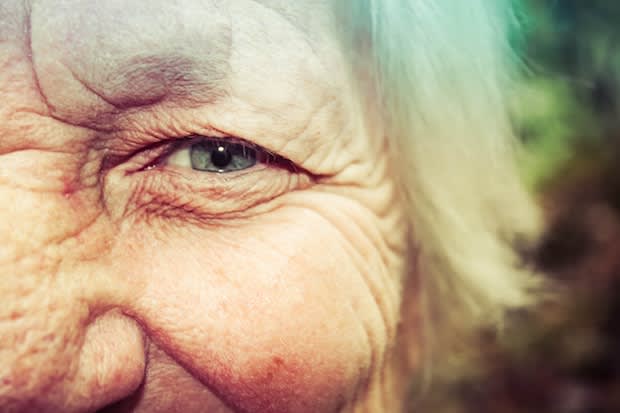Table of Contents
I. The Importance of Eye Health
V. Take a Break from the Screen
The Importance of Eye Health
Eye problems occur to millions of Americans per year. Many people think eye conditions only happen to older people, but several factors can lead to poor eye health and injury. The CDC estimates that around 12 million people over 40 years old have some form of vision impairment. Depending on your type of eye problem, your doctor may prescribe eye drop medications like Patanol (olopatadine), Zaditor (ketotifen), and Lotemax (loteprednol). These medications are used to treat painful itching and inflammation of the eye, but you may also be prescribed Azopt (brinzolamide) eye drops if you suffer from glaucoma. [1]
Our eyesight does tend to deteriorate as we get older, but that does not mean you are destined for poor eye health. There are several things you can do to keep your eyes healthy and functioning well into old age. [2]
Manage Chronic Conditions
Several conditions may increase your risk of developing eye problems. Older adults over 65 are more likely to have a chronic health condition as well as vision problems. Often, these two things are connected. If chronic conditions are not well-managed, then further eye complications can occur. Some conditions that may affect vision can include:
Diabetes: Diabetic retinopathy is a common complication that occurs alongside type 1 or type 2 diabetes. Over time, high levels of blood sugar can begin to damage the blood vessels in the retina. This damage can lead to swelling or leaking in the retina and can also cause scar tissue growth and the development of abnormal blood vessels. If this complication is left untreated, then it can impact vision and lead to blindness. If you do not control your diabetes condition, then spikes in blood sugar can also lead to blurry vision until your glucose levels level out. [1]
High Blood Pressure (hypertension): Blood pressure is the force of blood pushing against the blood vessels' walls. High blood pressure can result in the heart working harder than normal, eventually narrowing the blood vessels. Over time, these issues can damage the eyes' blood vessels, increasing the risk of vision problems. [3] Autoimmune conditions: Autoimmune conditions involve problems where the immune system mistakenly attacks healthy parts of the body. Those with autoimmune conditions are at a greater risk of eye problems. You may begin to experience red eyes, itchy eyes, or frequent dry eyes. These symptoms may worsen and lead to light sensitivity and possibly vision loss. [3] Alongside these conditions, you may experience vision problems if you have/have had the following: It is essential to avoid any injury to your eyes. Many popular sports and activities run the risk of eye injuries, so it is important to wear the appropriate eyewear. Protective goggles are recommended if you are working in the garage or performing a science experiment at school. Protective eyewear is used to prevent chemicals, sharp objects, wood shavings, metal shards, or even a stray elbow during a sports game, from coming into contact with your eye. Along with goggles, it is important to wear sunglasses regularly. Wearing sunglasses that can block out 99 to 100 percent of UVA and UVB rays of sunlight can protect from eye damage. Wearing sunglasses when it is sunny outside can prevent the development of cataracts and macular degeneration. [4] It is well known that smoking can negatively affect the lungs and heart, but it can also cause serious eye complications. If you are a longtime smoker, your blood vessels may begin to narrow, eventually affecting the eyes. Tobacco smoke is very irritating to the eyes as well. Smoking also increases your risk of developing other serious eye disorders like cataracts, glaucoma, and diabetic retinopathy. If you already have eye problems or vision problems, smoking may decrease your eye health further. It is important to quit smoking and stay active to make sure the rest of your body remains healthy along with your eyes. [5] Almost every job today involves staring at a computer for hours on end. Staring at an illuminated screen can cause eyestrain, increasing the risk of more serious eye problems down the road. If you can’t cut out the screen time in your life, doctors recommend the 20-20-20 rule. Every 20 minutes, look at something 20 feet away for 20 seconds. You may be suffering from eye strain if you experience the following: Today, many solutions are becoming available for eyestrain. Several forms of eyewear are available that block the blue light from your screen, preventing excessive eye strain. Some other tips that may help reduce strain may include: The content in this article is intended for informational purposes only. This website does not provide medical advice. In all circumstances, you should always seek the advice of your physician and/or other qualified health professionals(s) for drug, medical condition, or treatment advice. The content provided on this website is not a substitute for professional medical advice, diagnosis, or treatment.
Protective Eyewear

Kick That Smoking Habit
Take a Break from the Screen

